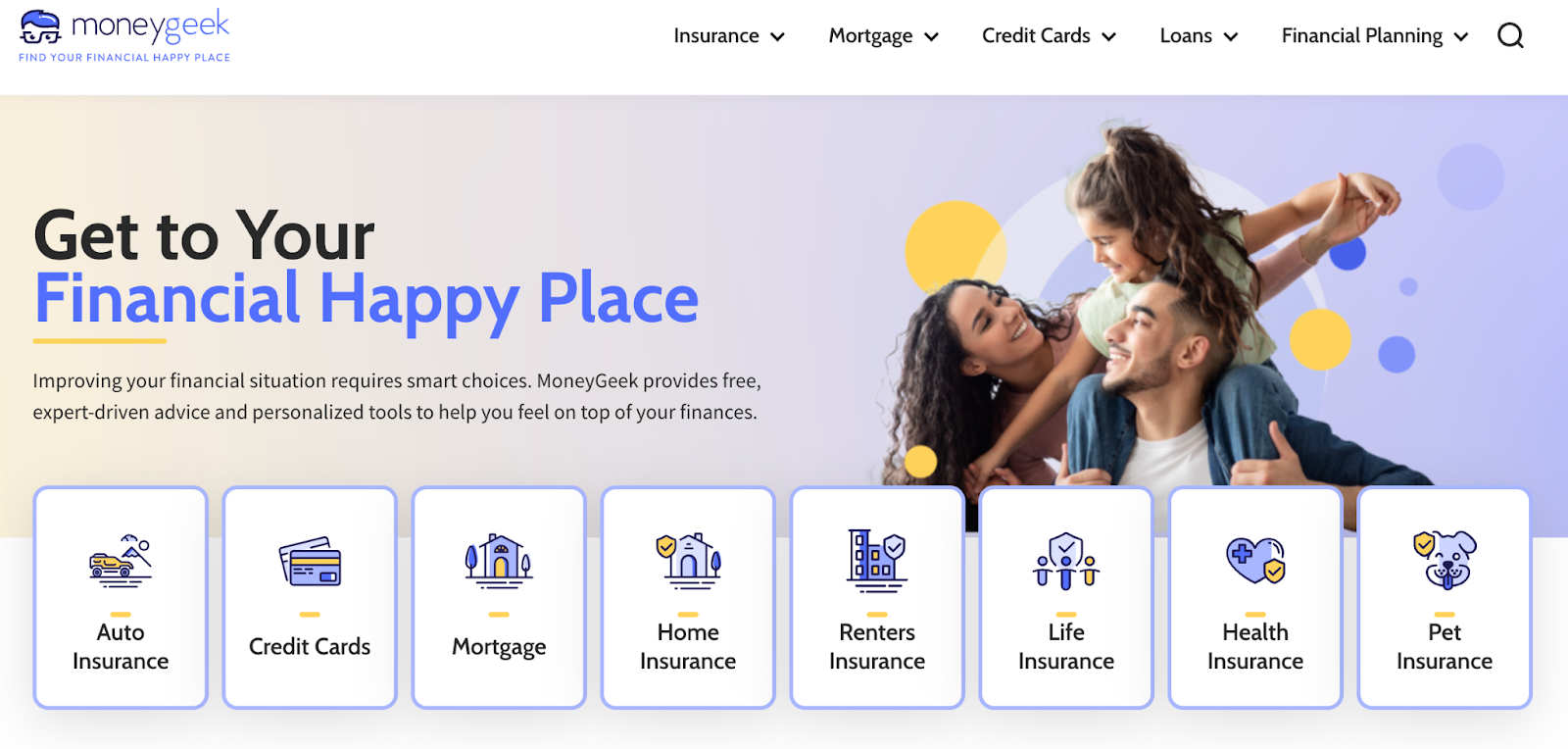Key Takeaway
By adding a persistent, sticky CTA banner to auto insurance content pages, MoneyGeek increased desktop conversion rate by 20% and mobile conversion rate by 18%. The update improved visibility and access to the primary conversion action without interrupting content consumption.
Client Overview
MoneyGeek is a US-based personal finance platform that helps users compare insurance, credit cards, loans, and other financial products. Its SEO-driven content strategy supports a consistent conversion mechanism across the site: a "Compare Quotes" CTA that starts the user journey into deeper quote comparison funnels.

Opportunity Background
On MoneyGeek's auto insurance pages, users convert by entering their location and clicking a "Compare Quotes" CTA, which launches the next stage in the funnel. Identified in a previous optimization project that users were scrolling deeply through the content, indicating high engagement. However, the scroll depth analysis also revealed a usability issue: users who reached the bottom of the page could not access the CTA without scrolling back up. This created unnecessary friction at a critical decision point.
Solution
We implemented a sticky banner at the bottom of the screen that followed users as they scrolled. This banner contained the "Compare Quotes" CTA and allowed users to trigger the funnel at any point without having to navigate back to the top. To reduce potential distraction, the banner included a close (“×”) button, allowing users to dismiss it at any time.
Results
The sticky CTA banner delivered a 20% increase in desktop conversions and an 18% increase in mobile conversions, both with 95% statistical confidence. The additional conversions came from users who otherwise would not have acted, confirming the effectiveness of the sticky CTA.